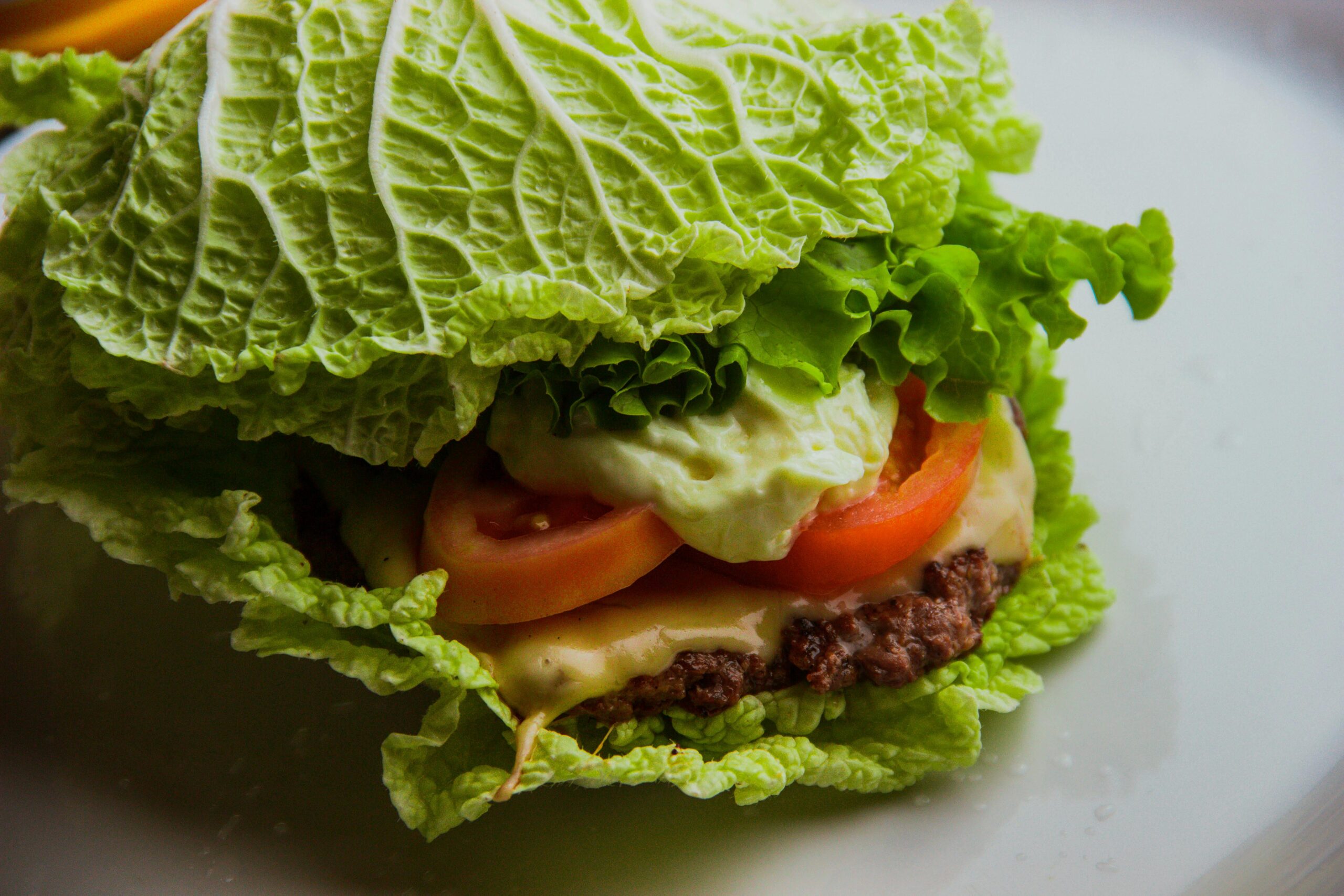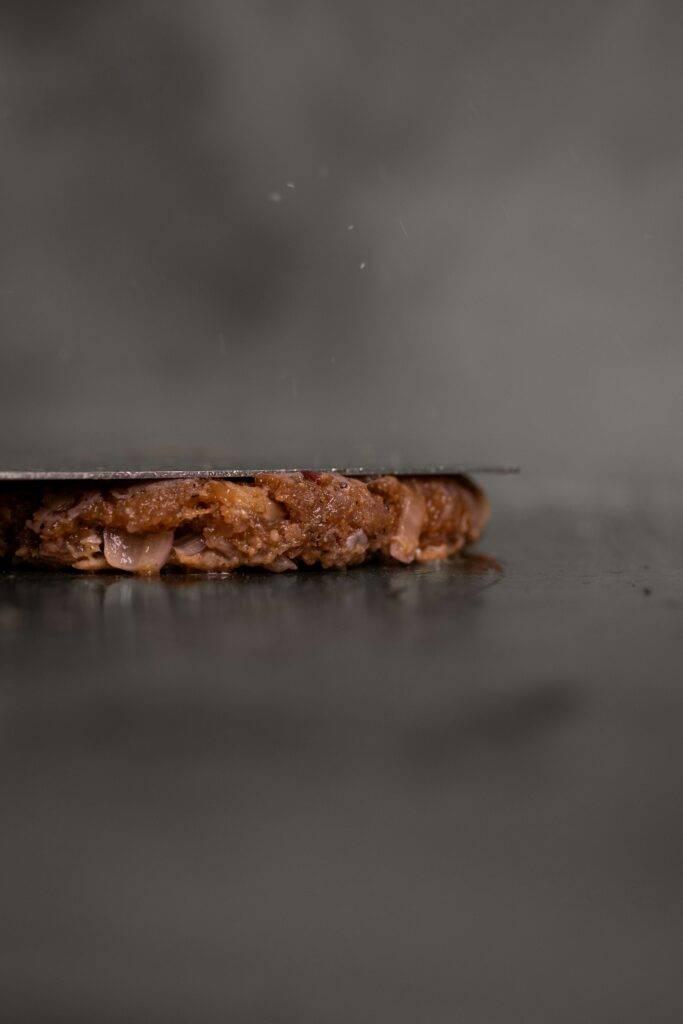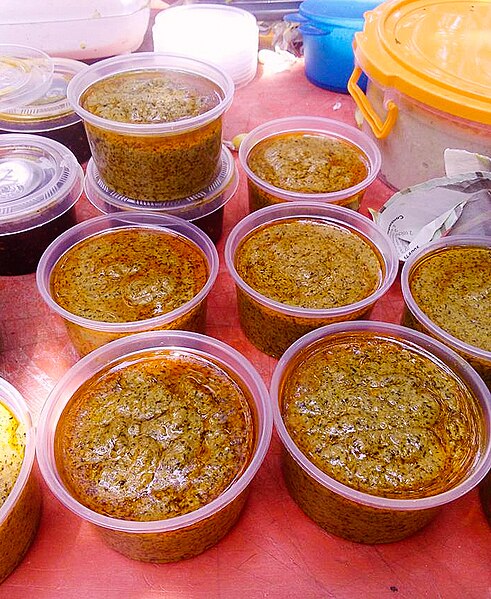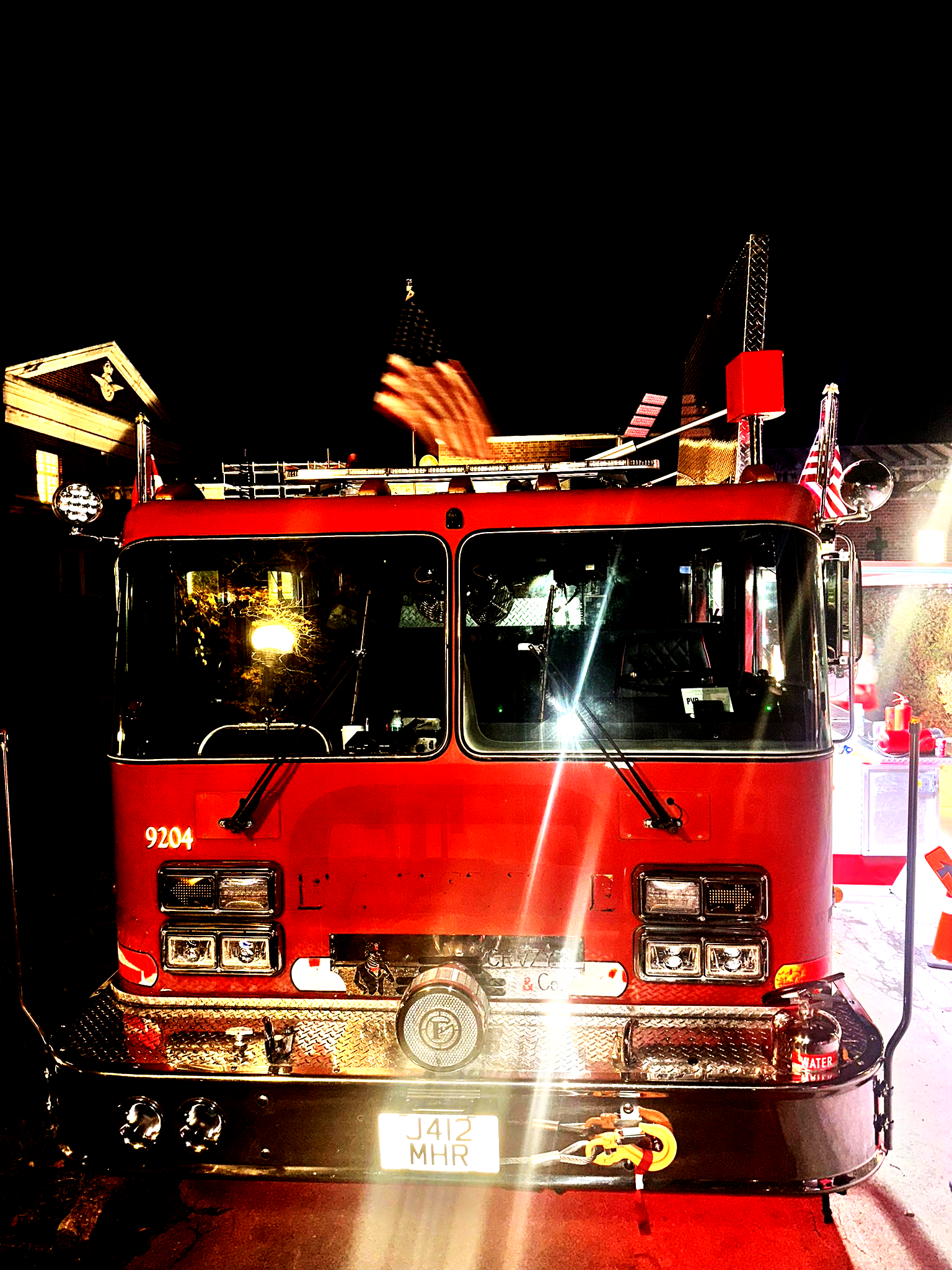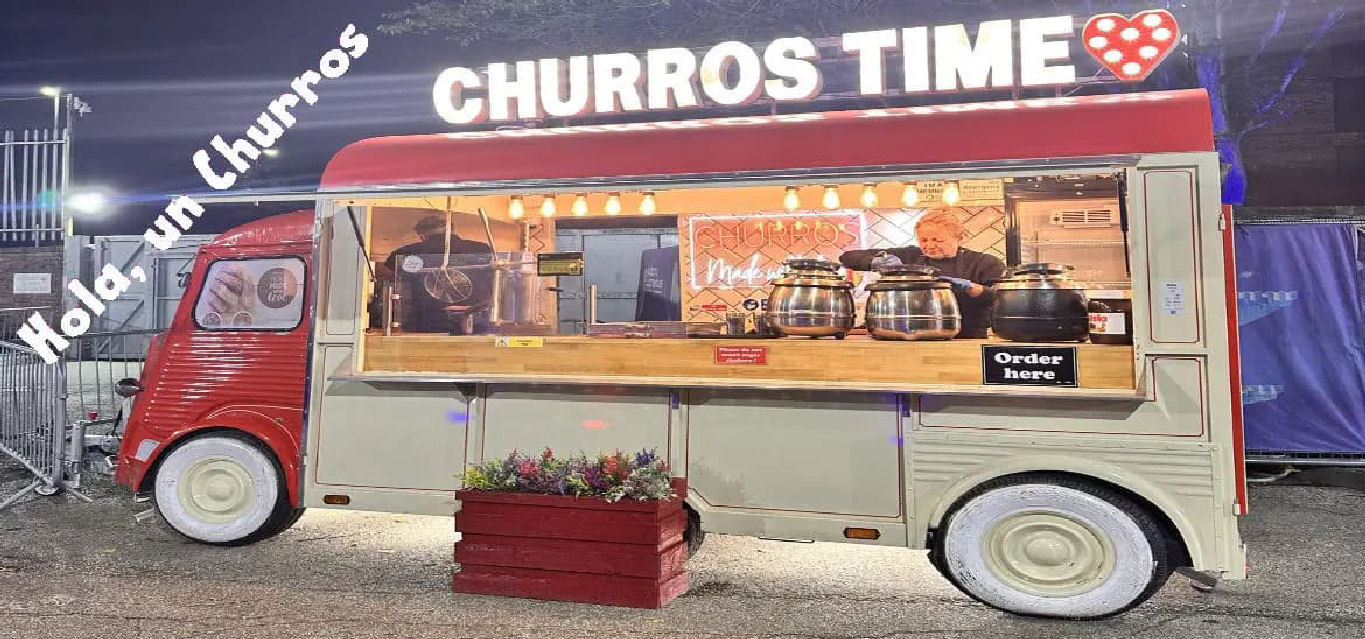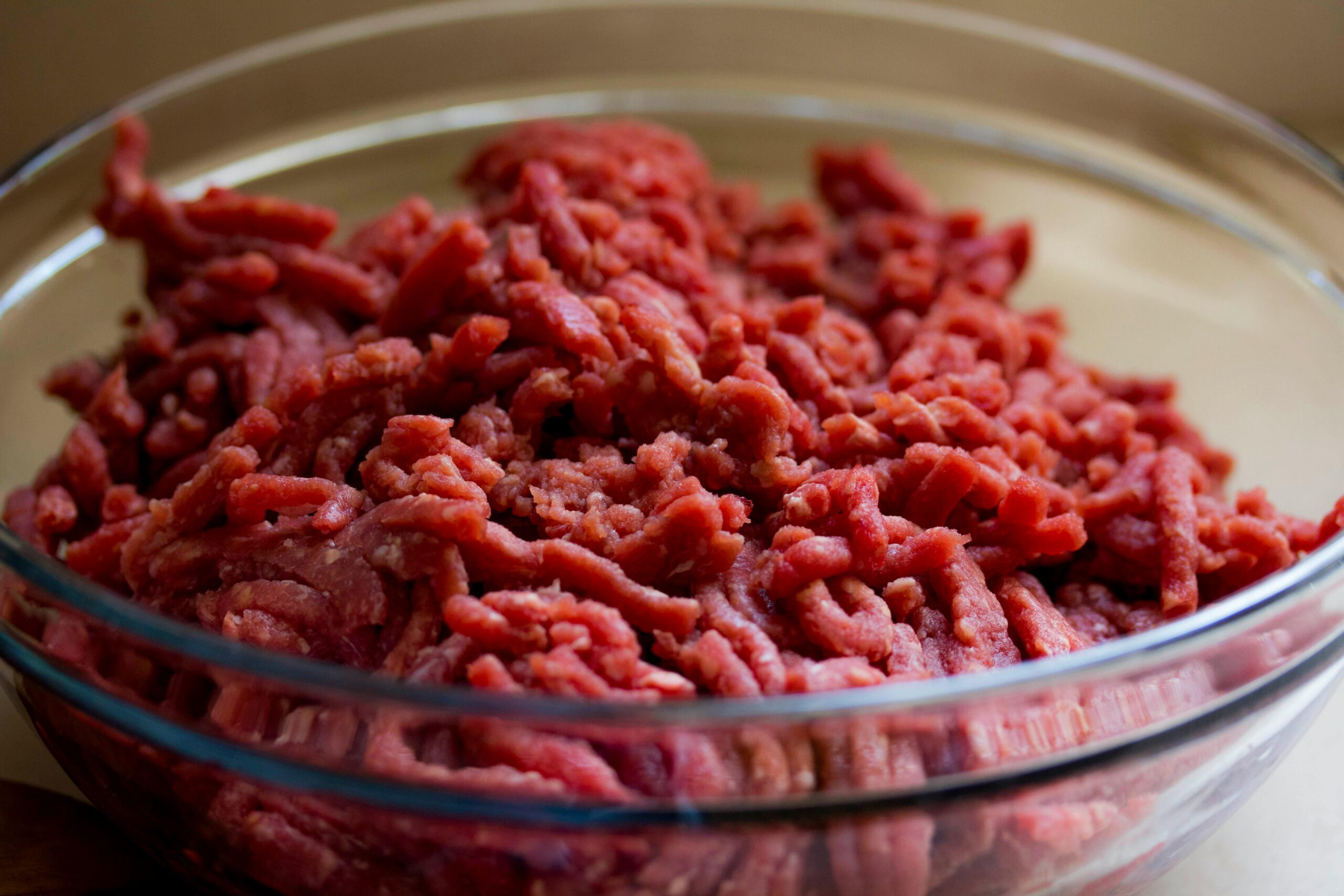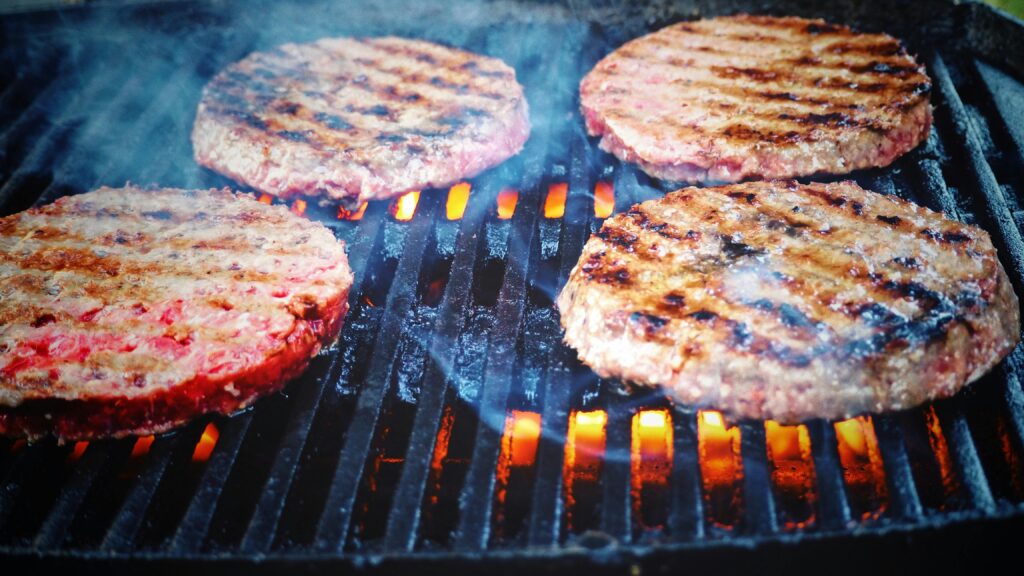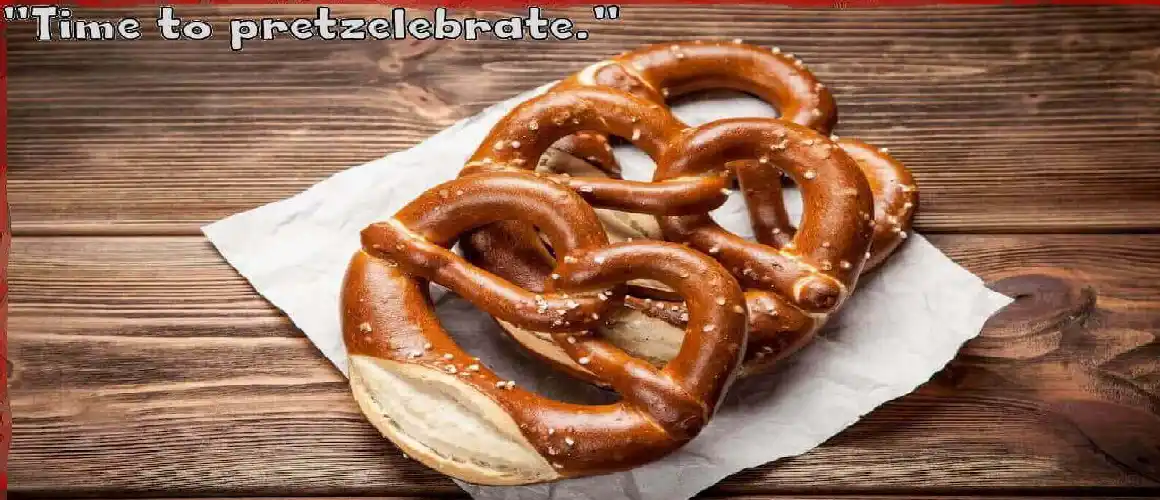When it comes to wedding planning, the food options can make or break the celebration. Gone are the days of traditional sit-down dinners being the only choice. Today, couples are looking for unique, memorable, and fun alternatives to cater to their big day. Enter the world of street food and food trucks, where the debate of “Burgers vs Frank’s: Best Wedding Treat” takes center stage.
The Allure of Street Food at Weddings
Street food has taken the culinary world by storm, and weddings are no exception. Offering street food at your wedding adds a touch of charm and excitement that traditional catering might lack. Guests get to enjoy a casual, laid-back dining experience, reminiscent of summer festivals and bustling city streets.
A Nostalgic Experience
Street food at weddings evokes nostalgia. It reminds guests of carefree afternoons spent at food fairs or city streets, where the aroma of sizzling delicacies fills the air. This sense of nostalgia creates an emotional connection, enhancing the overall wedding experience. Guests are transported back in time, engaging in moments that feel both familiar and intimate.
Interactive Dining
Unlike traditional plated meals, street food offers an interactive dining experience. Guests can watch as chefs expertly prepare their meals, adding a theatrical element to the dining process. This interaction not only entertains but also allows guests to customize their orders, ensuring everyone gets exactly what they crave. The sight of sizzling grills and the sound of culinary artistry add a dynamic backdrop to your wedding.
A Relaxed Atmosphere
Street food fosters a relaxed, informal atmosphere. Without the constraints of formal seating arrangements, guests are free to roam, mingle, and dance as they please. This freedom encourages social interaction and creates a more vibrant, lively environment. The laid-back vibe of street food aligns perfectly with outdoor weddings, where the beauty of nature complements the casual dining style.
Why Choose Food Trucks?
Food trucks bring an element of surprise and delight to any wedding. They’re mobile, versatile, and packed with personality. Plus, they offer a wide variety of options that can cater to any palate, from gourmet burgers to artisanal frankfurters.
Versatility and Variety
Food trucks are renowned for their versatility. They can offer a diverse range of cuisines, from gourmet burgers to artisanal franks, catering to different tastes and dietary needs. This versatility ensures that all guests, regardless of their preferences, find something they love. The ability to offer a variety of options makes food trucks a popular choice for weddings with diverse guest lists.
Personality and Charm
Each food truck has its own unique personality, often reflected in its design and menu offerings. This individuality adds character and charm to the wedding setting. Whether adorned with vintage decor or modern aesthetics, food trucks can complement any wedding theme. Their presence adds a touch of whimsy, making the dining experience as memorable as the ceremony itself.
A Seamless Experience
Food trucks offer a streamlined catering solution, minimizing the logistical challenges of traditional catering. They are self-contained units that bring everything they need, reducing the need for extensive setup and cleanup. This efficiency ensures that the dining experience is smooth and hassle-free for both the couple and their guests. The ease of operation allows the focus to remain on enjoying the celebration.
Burgers: The Crowd Pleaser
Burgers have long been a favorite for food lovers everywhere. The beauty of burgers lies in their versatility—they can be as simple or as gourmet as you want them to be. For weddings, gourmet burgers can be customized to reflect the couple’s tastes, with options for beef, chicken, veggie, or even exotic meats.
Gourmet Burger Options
Imagine a menu featuring truffle-infused beef patties, topped with creamy brie, caramelized onions, and a tangy fig jam. Or perhaps a spicy black bean burger with avocado and cilantro lime aioli for the vegetarians in attendance. The possibilities are endless, and each burger can be crafted to perfection to suit the theme and vibe of the wedding.
Nostalgic Appeal
Burgers offer a nostalgic touch, reminiscent of backyard barbecues and summer cookouts. They’re easy to eat while mingling with other guests and can be served with a variety of side options like sweet potato fries, coleslaw, or a fresh garden salad. This nostalgic appeal resonates with guests, bringing back fond memories of simpler times.
Customization and Creativity
The customization options for burgers are vast, allowing couples to infuse creativity into their wedding menu. From selecting unique bun types to experimenting with exotic toppings, the creative possibilities are endless. This customization ensures that the burger offerings are not only delicious but also reflective of the couple’s unique style and taste.

Frank’s: The Underdog with a Punch
While burgers might be the obvious choice for many, frankfurters (or hot dogs) are the dark horse in this culinary race. Often underestimated, a well-crafted frank can steal the show with its bold flavors and unexpected toppings.
The Art of the Perfect Frank
Frankfurters at a wedding can be elevated to gourmet status with the right ingredients. Picture a juicy, all-beef frank topped with spicy kimchi, creamy sriracha mayo, and crunchy fried onions. Or a classic frank with a twist, featuring tangy sauerkraut, melted Swiss cheese, and a drizzle of honey mustard.
A Fusion of Flavors
Franks offer a platform for culinary creativity, allowing for a fusion of flavors from around the world. From Asian-inspired toppings to Mediterranean influences, the flavor combinations are endless. This fusion not only surprises guests but also adds a global twist to the wedding menu, celebrating the diversity of tastes.
Accessibility and Ease
Franks provide a quick, satisfying bite that doesn’t skimp on flavor. They’re perfect for guests of all ages, providing a universally loved option that is both accessible and easy to eat. The simplicity of franks ensures that guests can enjoy their meal without fuss, leaving them free to enjoy the festivities.

Setting the Stage: Choosing the Right Food Truck
Choosing between burgers and franks for your wedding isn’t just about the food—it’s about the experience. When selecting a food truck, consider the following:
Theme and Aesthetics
The look and feel of the food truck should complement the overall theme of your wedding. Whether you’re going for a rustic, vintage vibe or a sleek, modern aesthetic, there’s a food truck out there that will fit right in.
Menu Customization
Work with the food truck vendor to create a menu that reflects your personal tastes and dietary preferences of your guests. Ensure there are vegetarian, vegan, and gluten-free options available to accommodate everyone.
Service and Experience
Consider the service style of the food truck. Do they offer full-service catering, or is it more of a self-serve experience? Make sure the vendor can handle the volume of guests and provide a seamless dining experience.
Logistics and Setup
Discuss logistical details with the food truck vendor, such as parking arrangements and power supply needs. Ensure that the setup complements the venue’s layout and does not disrupt the flow of the event. A well-planned setup ensures that the food truck enhances the wedding ambiance rather than detracting from it.
Reputation and Reviews
Research the reputation of potential food truck vendors by reading reviews and seeking recommendations. A reputable vendor with positive feedback is more likely to deliver a reliable and high-quality service. This step ensures peace of mind, knowing that the food aspect of the wedding is in capable hands.

Making the Final Decision: Burger vs Frank
Ultimately, the choice between burgers and franks for your wedding comes down to personal preference. Both options offer delicious, crowd-pleasing flavors that are sure to leave your guests raving.
Pros and Cons
- Burgers are versatile, familiar, and offer a wide range of gourmet options. However, they can be a bit messier to eat, especially with elaborate toppings.
- Franks are quick, satisfying, and can be elevated with creative toppings. They might be perceived as less sophisticated, but with the right presentation, they can shine just as brightly as any gourmet dish.
Catering to Diverse Tastes
Consider having both options available to cater to different tastes and preferences. This not only provides variety but also ensures that there’s something for everyone to enjoy. Offering a mix of burgers and franks guarantees that all guests find something to their liking.
Budget Considerations
Evaluate the cost implications of each option to align with your wedding budget. Some gourmet burger or frank options may require premium ingredients, impacting the overall cost. Balancing budget constraints with the desire for quality ensures a well-rounded decision.
Conclusion: The Ultimate Wedding Feast
In the end, whether you opt for burgers, franks, or both, incorporating street food into your wedding is sure to create a memorable and enjoyable experience for you and your guests. Food trucks add a unique twist that transforms the traditional wedding feast into a culinary adventure.
Embracing Innovation
Embrace the innovative spirit of street food, breaking away from conventional wedding catering norms. This approach not only delights guests but also sets a memorable precedent for future celebrations. Pioneering such trends reflects a willingness to think outside the box.
Creating Lasting Memories
The food at your wedding plays a crucial role in creating lasting memories. By choosing street food, you offer guests an experience they will fondly recall for years to come. This focus on memorable dining ensures that your wedding is talked about long after the day has passed.
A Celebration of Culinary Diversity
Street food represents a celebration of culinary diversity, offering flavors from around the world. By incorporating these diverse options, you create a wedding feast that celebrates the global tapestry of tastes. This celebration of diversity adds depth and richness to your special day.
So, when planning your big day, think outside the box and consider the vibrant world of street food. After all, the best wedding treat is the one that leaves everyone with a happy heart and a satisfied stomach.






